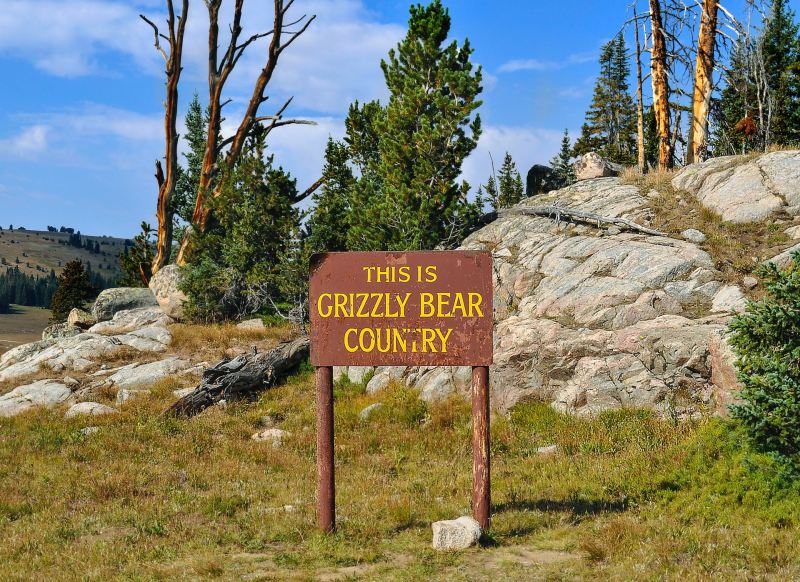
It’s many hikers’ worst nightmare: facing up with a family of bears on a trail. While a single bear on the trail is enough to get your pulse racing, seeing a mama bear and her cubs is usually a precursor to a situation about to turn the wrong side of serious. Bear attacks can happen in a matter of seconds, and with these 900 lb. hulks of muscle able to run at speeds of 35 mph, you’re not about to outrun one of them if they decide you’re a threat to their babies.
This potential chain of events was almost definitely precisely what was going through the head of this terrified camper in Glacier National Park. But, despite the imposing threat of a mother grizzly and her two cubs walking down the trail toward him, he managed to keep a cool head. Instead of turning to run, he pulled out his phone and filmed the experience, narrating each moment as he walked backward toward camp. The video — viewed almost seven million times — is enough to make your palms sweaty but gives a dramatic insight into what it would be like to face this threat near your campsite.
https://www.tiktok.com/@thebearenthusiast420/video/7236498475582491930
Despite the fear in his voice, this camper manages to stay calm, slowly backing away from the mother and her two cubs and talking to them continually in a firm voice carrying as much authority as you can expect from someone in this situation. While backing away does — as he points out numerous times — increase the risk of a stumble and suddenly becoming an easy target, it also allows this hiker to remain facing the approaching bears. Turning your back on an advancing bear could indicate to them that you’re fleeing and are potential prey, which can turn a bear encounter into a bear attack.
While many commenters suggest that this hiker should have handled this situation differently — either playing dead on the trail, being loud and making himself look big, or walking off the path and letting them pass — there’s one piece of evidence that suggests he handled himself perfectly: he’s still here to tell his tale. But would any of these ideas have helped?
Well, while playing dead is recommended if a grizzly attacks, this bear wasn’t displaying aggressive behavior. The bears seemed just as surprised as the man was to meet someone else on their trail. The cubs were inquisitive — as young children and animals usually are — which put the camper at increased risk. Show the mother bear that you pose no threat and are backing away slowly — neither predator nor prey — and you might live to tell the tale. Get big and aggressive, and the mother might decide that you’re a threat to her cubs — and you don’t want to be on the wrong side of an angry mama bear.
This video proves, above all else, that the key to survival in a bear encounter is keeping your head and following guidelines. But you should always have bear pepper spray in case you’re not quite as fortunate as this camper.



